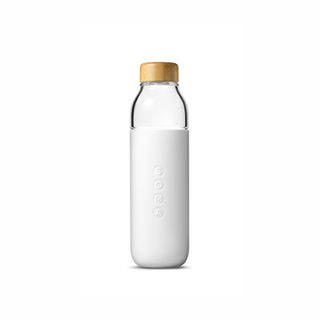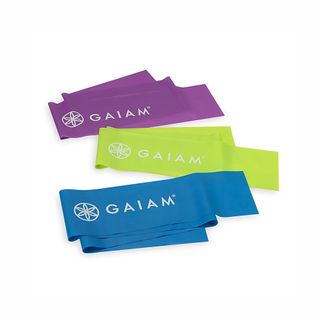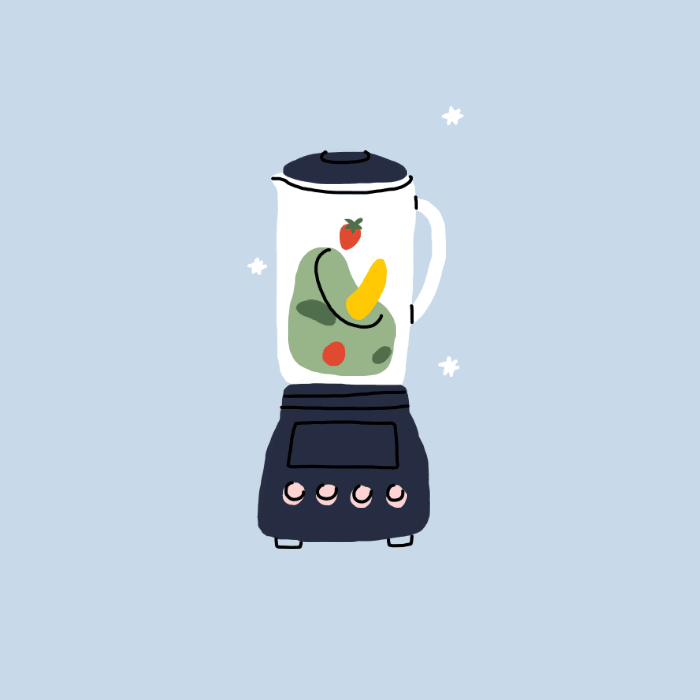Bella Hadid's Nutritionist Wants You to Stop Working Out So Hard


During a recent chat with a group of THE/THIRTY's contributors—all of whom are either fitness professionals, enthusiasts, or both—the conversation took an interesting turn. While discussing how our workout habits have changed, nearly every person noted that they had actually eased the intensity of their routines; rather than hit SoulCycle or Orangetheory several times a week, for example, they opted to go all-out just once a week and reserved the rest for more low-impact workouts like yoga or hiking.
The consensus behind this was that engaging in such consistently hardcore exercise was taking a toll on their bodies and even stressing them out—and by dialing it back, they not only felt better but actually saw better progress in their fitness goals.
It's certainly something to think about in an era where the sheer number of workout options has long since surpassed its saturation point. With such an expansive menu to choose from—not to mention the many ways social media has fueled the wellness craze—it's implied that we should be doing more, more, more. But working out too much is a real possibility—and aside from putting you at risk for burnout or injury, it can also actually hinder your fitness goals.
"The anatomy and physiology of humans is not designed for long-duration, frequent, high-intensity exercise," explains Charles Passler, DC, founder of Pure Change and Victoria's Secret Angel whisperer. (Bella Hadid, Adriana Lima, and Sara Sampaio are all clients.) Passler advises engaging in low-impact exercise instead—that includes walking, yoga, Pilates, rowing, swimming, and any other kind of activity that limits direct force on the body and allows the heart rate to consistently recover.
Working out too hard can make your cortisol levels skyrocket—which in turn, might stall your fitness goals.
"If an individual spends the majority of time during a workout in the anaerobic-to-high-intensity heart rate there will be little to no fat lost and an increase in cortisol, our stress hormone," says Passler. "Cortisol is a major antagonist for weight loss." High cortisol levels basically kick your body into survival mode: You store more body fat and overwork your adrenal system, which in turn hinders your metabolism and digestion.
And that's not even to mention the risk of injury, which only aggravates cortisol levels further. "Endurance athletes are prone to cardiovascular and joint difficulties," says Passler. "The anatomy and physiology of the human is not designed for this type of activity on a long-term basis."
Because you're not overtaxing your body, low-impact exercise makes for a more efficient burn during your workout.
"While exercising, it is important to have a certain amount of oxygen to burn body fat for fuel," explains Passler. In other words, if your heart rate is at an extremely high rate for the entirety of a workout, you're inhibiting your oxygen intake—minimizing your fat burn and kicking your cortisol into high gear.
Make no mistake: You can still get an intense workout from low-impact exercise. (Consider a tough swimming session or a sweaty Vinyasa flow class, for example.) The difference is that you're limiting stress on your body and maximizing your oxygen intake, which in turn helps you burn more body fat during your workout.
If you want to mix things up, throw in some HIIT. (Just don't overdo it!)
While low-impact workouts can help maximize your burn during your workout, high-intensity interval training can keep the burn going well after it's over. "When you exercise at low intensities, you burn very few calories after the exercise is completed," explains Passler. "When you exercise intensely (like during a HIIT workout), there is a metabolic disturbance that burns calories after the workout is completed. This is known as the after-burn effect." That being said, these short bursts of intense exercise can be a lot on your body—so you might consider logging just a couple of HIIT sessions per week and filling the rest of your workouts with lower-impact exercises.
If nothing else, this might just serve as a friendly reminder to check in with yourself and observe whether your current routine really serves your body (and your mind) the way you'd like it to. But for those of us who have found themselves stuck on that more-is-more hamster wheel—it's the world we live in, after all—opting for a more low-intensity approach might make for a refreshing change of pace. (And, hey, it's clearly working for Bella Hadid.)
Next up: Check out 27 ways to be more mindful right now.
Disclaimer
This article is provided for informational purposes only and is not intended to be used in the place of advice of your physician or other medical professionals. You should always consult with your doctor or healthcare provider first with any health-related questions.




